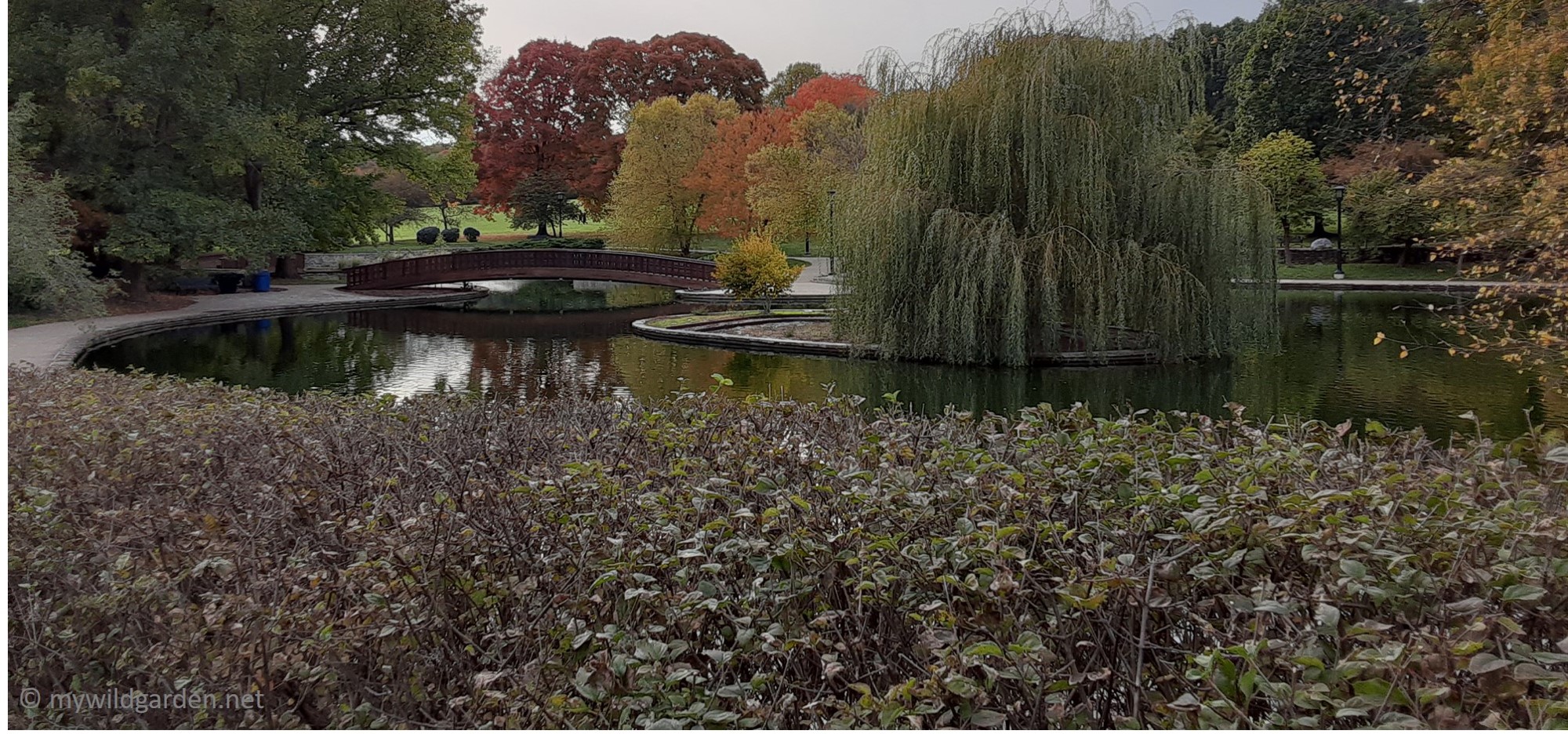This fall, one thing I will not be doing is raking and bagging.
Leave the leaves!
I’m glad to see this practice catching on. This week Dennis Patton writes in the Star about the benefit of mowing fall leaves and leaving them on the ground: Put the rake and bag down: Here’s why fallen leaves are pure gold for the garden.
I’m an enthusiastic leaf leaver. When I bought my first house in Kansas City, I spent a chilly day raking leaves and cleaning up the yard, leaving a neat row of stuffed paper bags standing by the curb. I was so proud. When I bragged to a friend, he said, “Mary, go put those leaves back on the ground where God wants them.” I laughed, of course. What did he know? Raking away those brown leaves to reveal the vibrant green grass growing beneath can be such a pleasure.
My friend knew a lot, it turns out, although it’s taken me years to catch on. While we lived in Missouri, I paid Lawn Corps to haul away our debris. Now we live on the Kansas side, where one of our favorite events in our neighborhood has been the annual leaf cleanup. We rake our leaves into long, snaky piles by the curb, and a big truck comes by and vacuums them up. It’s so exciting—and very loud. All the neighbors come out in the morning to rake, or else we do it the night before in the dark, because the truck starts very early. We might be asleep and hear it coming down thea next block, and run out to finish raking.
As I became more interested in gardening and ecologically-minded practices, I discovered Roy Diblik’s The Know Maintenance Perennial Garden. Again, Diblik is the nurseryman and designer whose many projects include providing the plants for the Piet Oudolf-designed Lurie Garden in Chicago. The book includes garden plans and lush photos that make my heart thrum—but the comments in the introduction got me really excited: “Here is the default American planting look: word-chip mulch with plants spaced wistfully apart, eliminating the beauty of intimate plant relationships. America the Beautiful is now just the land of the neat and tidy.”
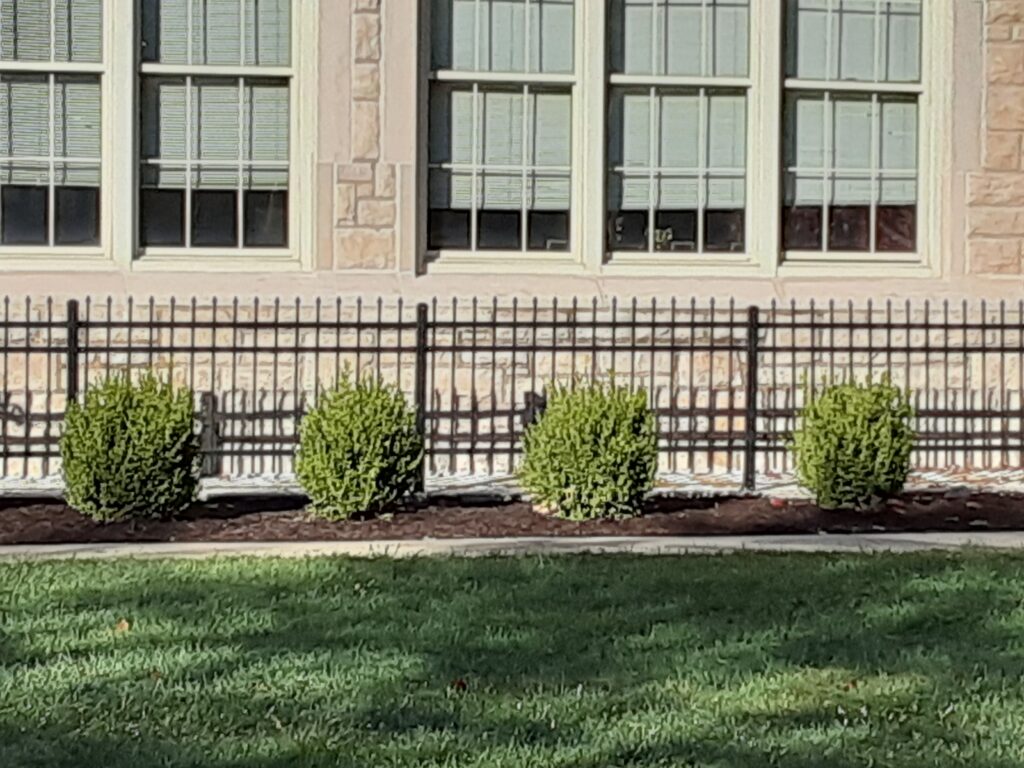
To discourage weeds, Diblik places plants closer together than is customary. He advocates selecting plants that thrive in the type of soil you have instead of buying expensive amendments. He mulches beds with shredded leaves, but only during the first year or two. After that he mows his perennials in the spring and leaves the debris on the beds. Plants are their own best mulch, he says.
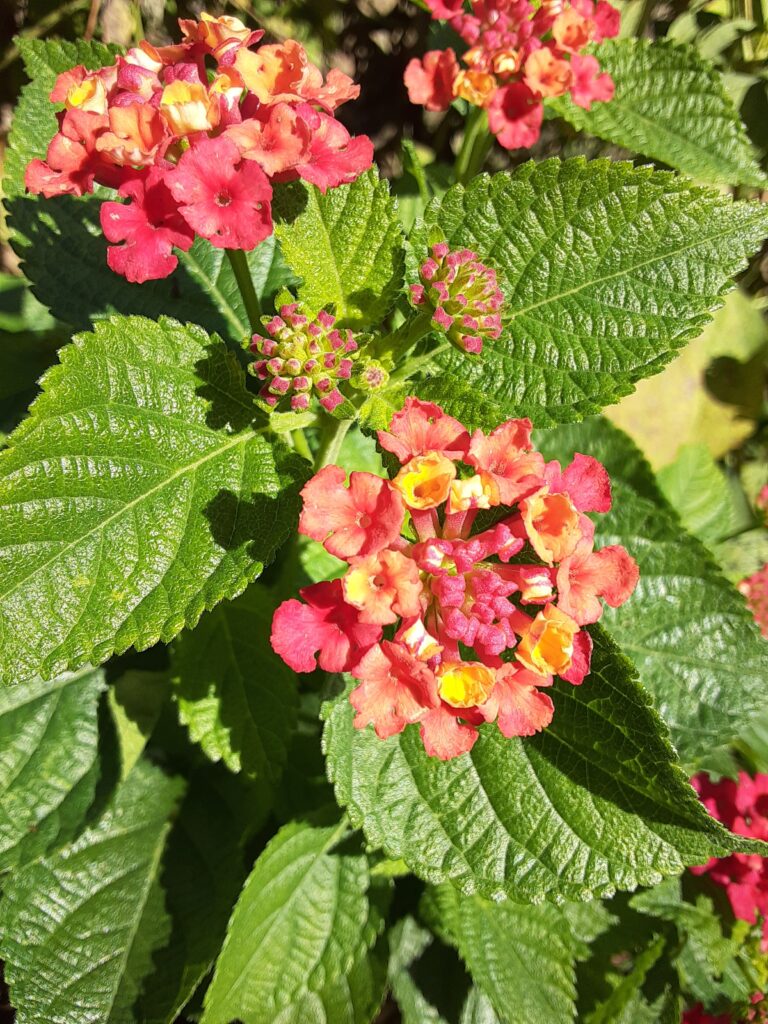
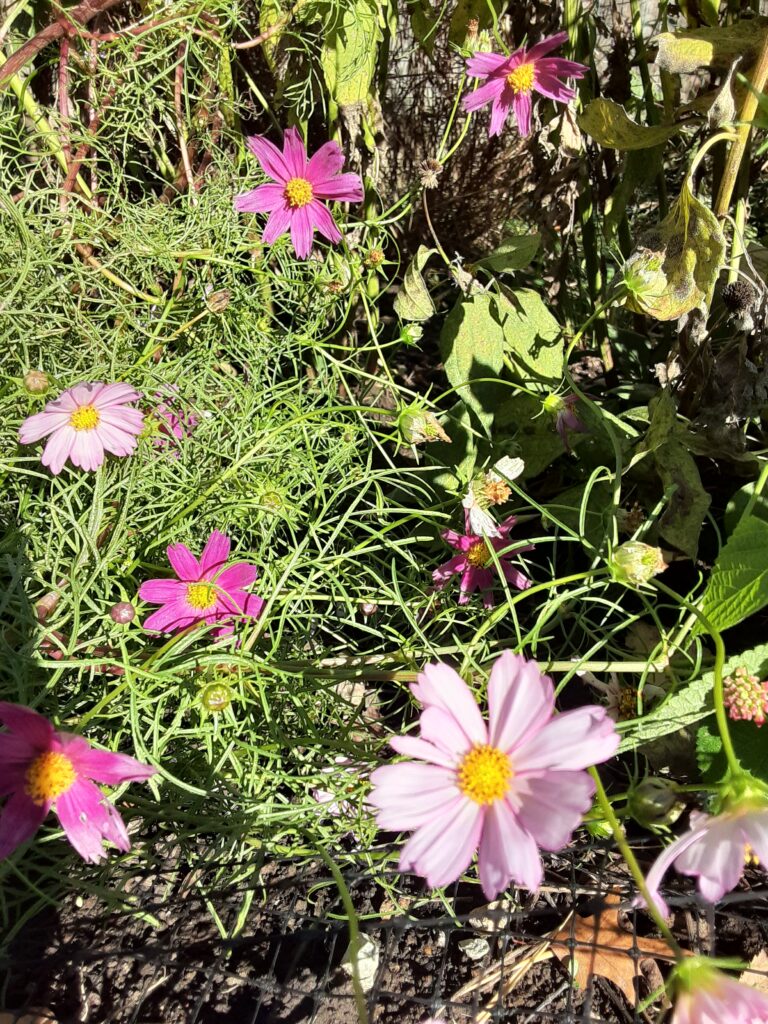
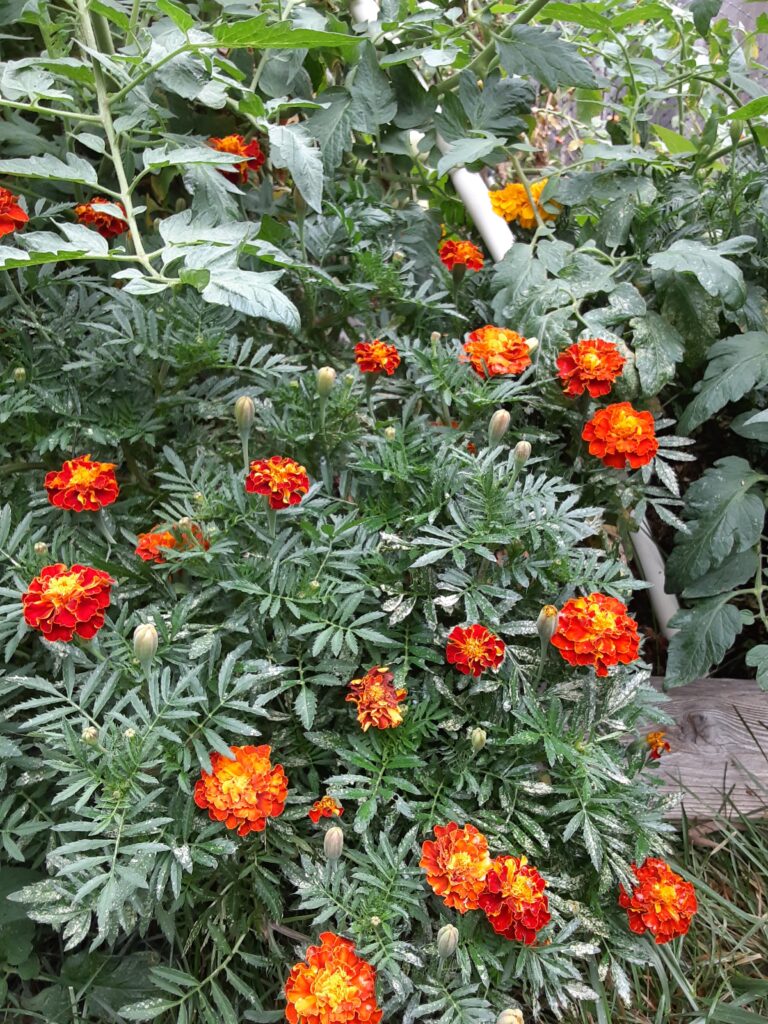
I found this very exciting and started right away. Now I rake my shredded leaves into the flower beds, not out of them. (I should mention that it’s important not to leave leaves in the street, where they can clog the sewers.) I never have enough leaves, and have been known to steal bags from the curb on trash day. (I know other gardeners who admit to doing this too.) I have no idea if they’re improving my soil, but I don’t think my soil is a problem. I mean, my garden certainly has problems, but I don’t think the quality of the soil is one of them.
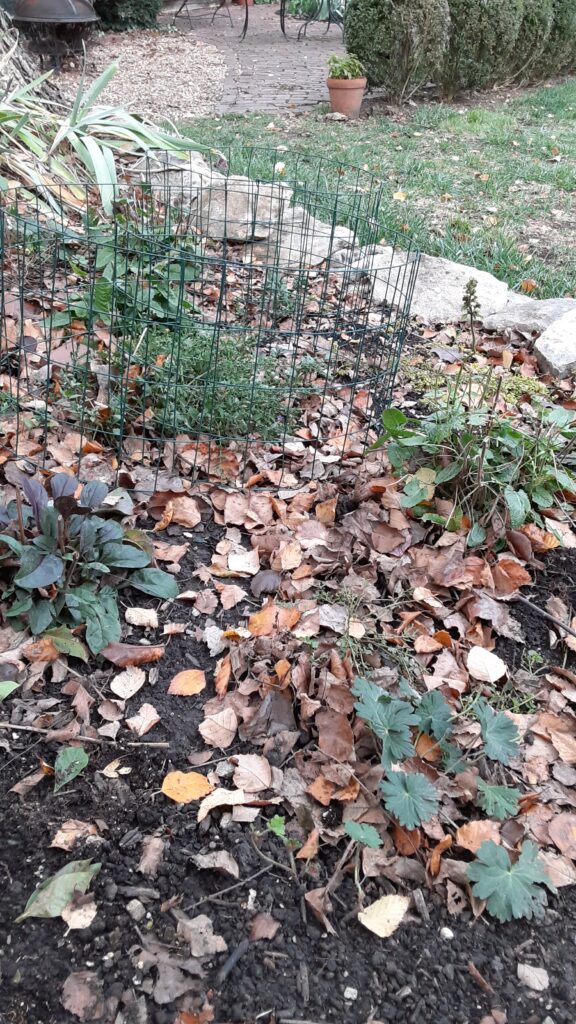
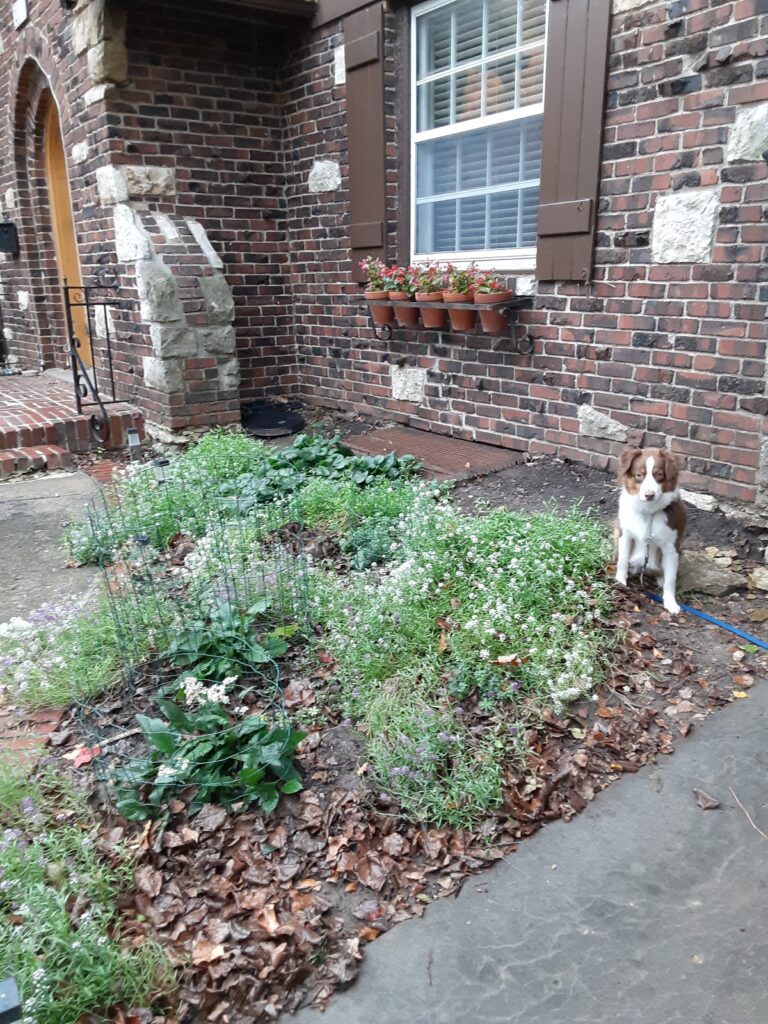
At first the leaves in the beds resemble the bark mulch effect, like sprinkled-on corn flakes, uniform and tidy, but I have to admit, they look less fresh with time. Last summer in a fit of neatness I blew them all out, but the beds soon filled up with them again, and why fight it?
In addition to adding nutrients to the soil, conserving moisture, and suppressing weeds, I understand that leaf litter sustains many types of helpful bacteria, fungi, and invertebrates. I fell asleep watching a program on PBS, My Garden of a Thousand Bees, that had lots of footage of bees nesting in fallen leaves. I suspect many readers will have the same reaction when they hear me touting the benefits of leaf litter, but even if someone can’t get behind slugs, snails, worms, and bees, they might get excited about not having to pick up leaves. Free mulch! Free fertilizer! Basically, that’s what we’re talking about.
Our fondness for green lawns probably has an evolutionary basis. I first learned about this from Planting in a Post-Wild World, by Claudia West and Thomas Ranier. Here’s a link to an interview with West where she mentions the appeal of archetypal landscapes, among other topics.
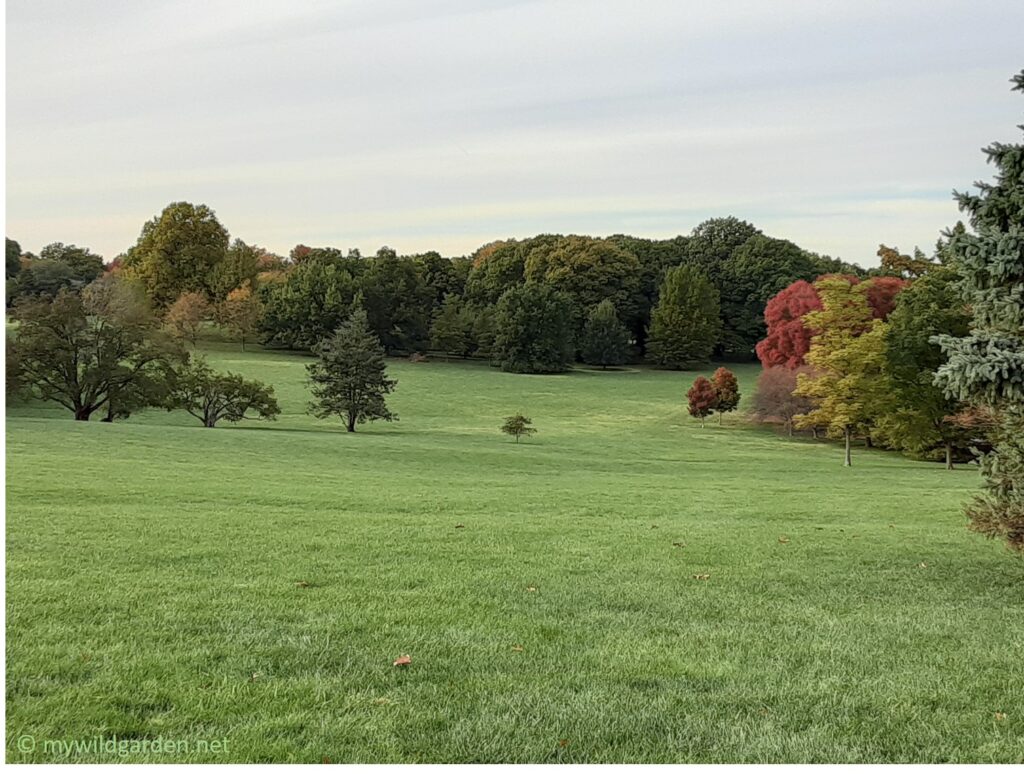
A contemporary analog to African savanna is probably a golf course. And who doesn’t like seeing those green lawns unfolding in the distance beneath the trees? Lawns are ubiquitous, and the problems they represent are well documented. Nevertheless, their appeal is probably inherent, and not just an expression of unimaginative desire for conformity. People naturally prefer what they’re familiar with, whether it’s food, architecture, landscapes, music, you name it. This tendency has a name, exposure effect, and perhaps explains why I sometimes eat at McDonald’s when I’m traveling.
If exposing ourselves to more diversity increases our opportunities for enjoyment of life, this seems to me to be another good argument for planting pollinator garden in the front yard with a little sign. That helps make them, and the principles they represent, more familiar to people — without them having to exert any effort. Incorporating some familiar elements into the unfamiliar helps increase the likelihood people will like something new—so a neat edge to those native perennial plantings or a Monarch Waystation sign can help make them legible and understandable, as with this bed in my neighborhood.
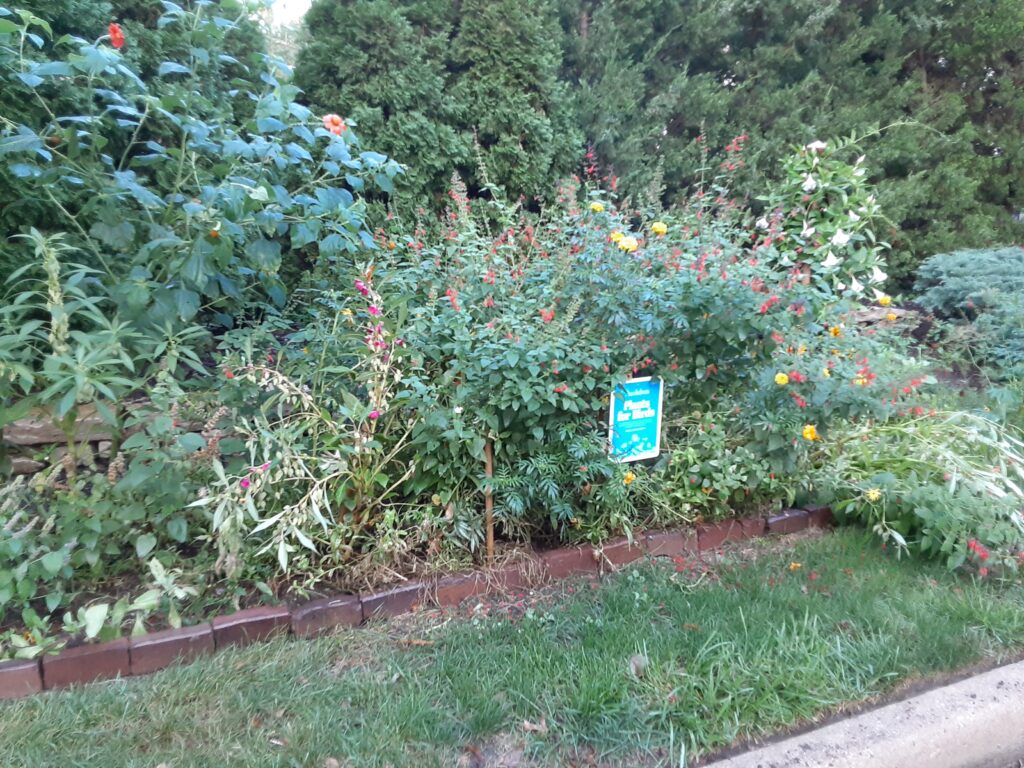
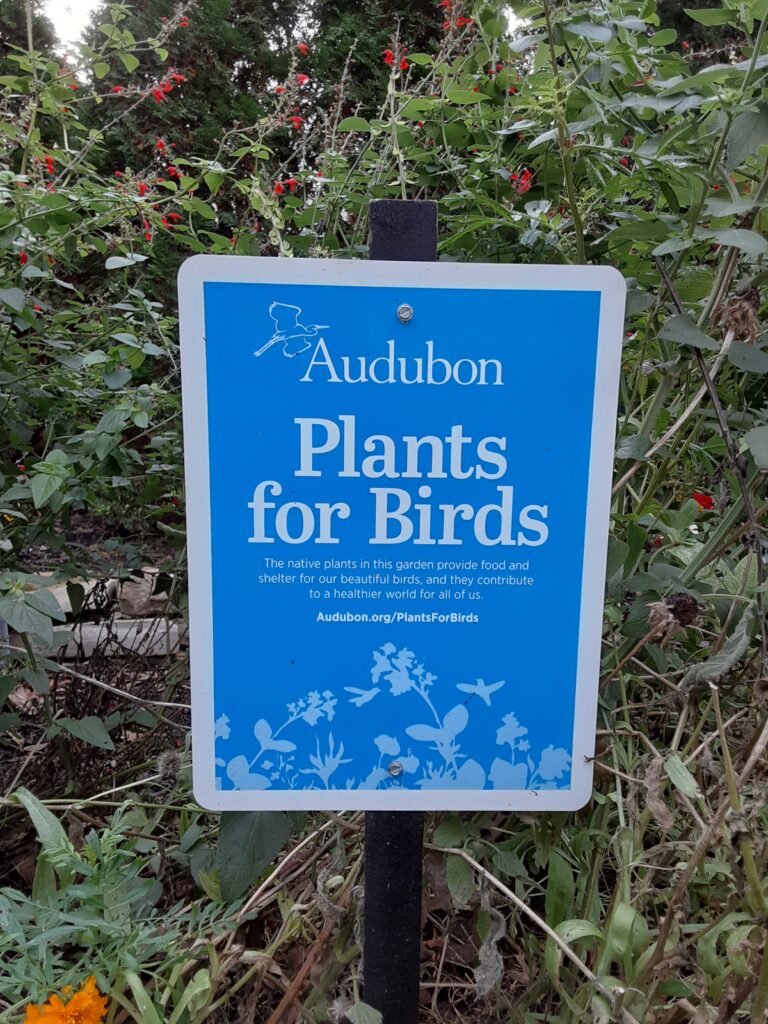
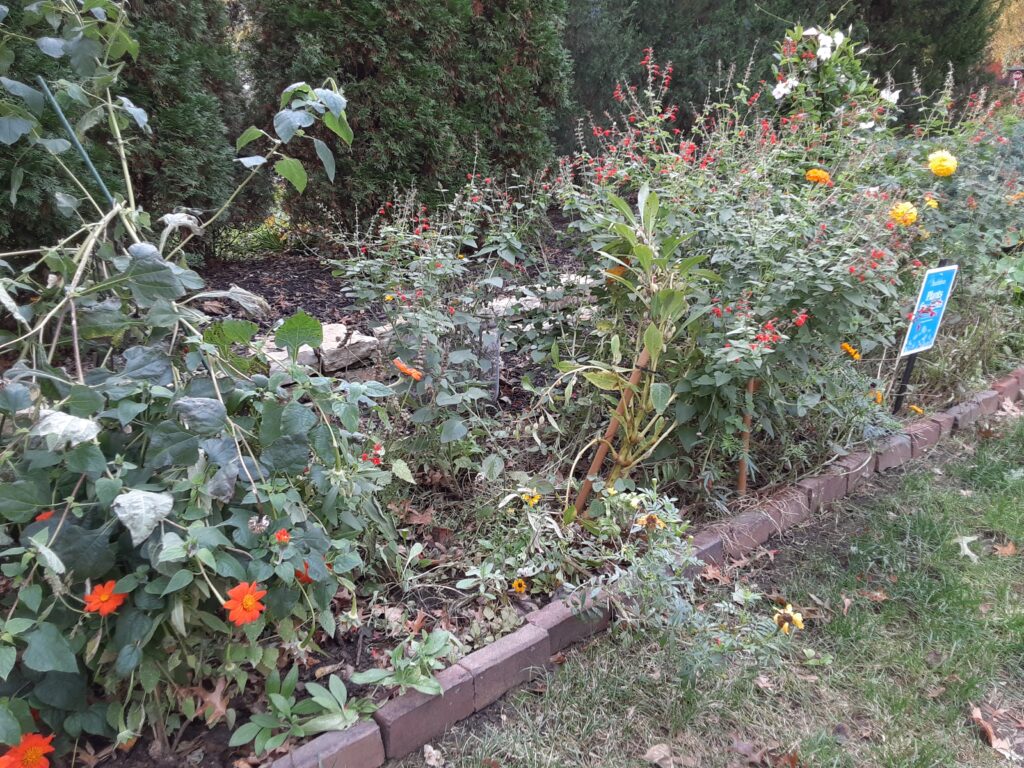
Today these neighbors are adding a new, second garden bed. After solarizing their soil over the summer, they are outside planting new perennials as I write.
Roy Diblik has posted a series of short videos on YouTube about his approach to garden design and plant combinations. The title of today’s post comes from the first one. He says: “The love and joy of gardening is the doing, not the having.” Isn’t that wonderful? Although honestly, the having part is not bad. Even though my beds are full of dried stems and seed heads, they still smell good, like being out in the country.
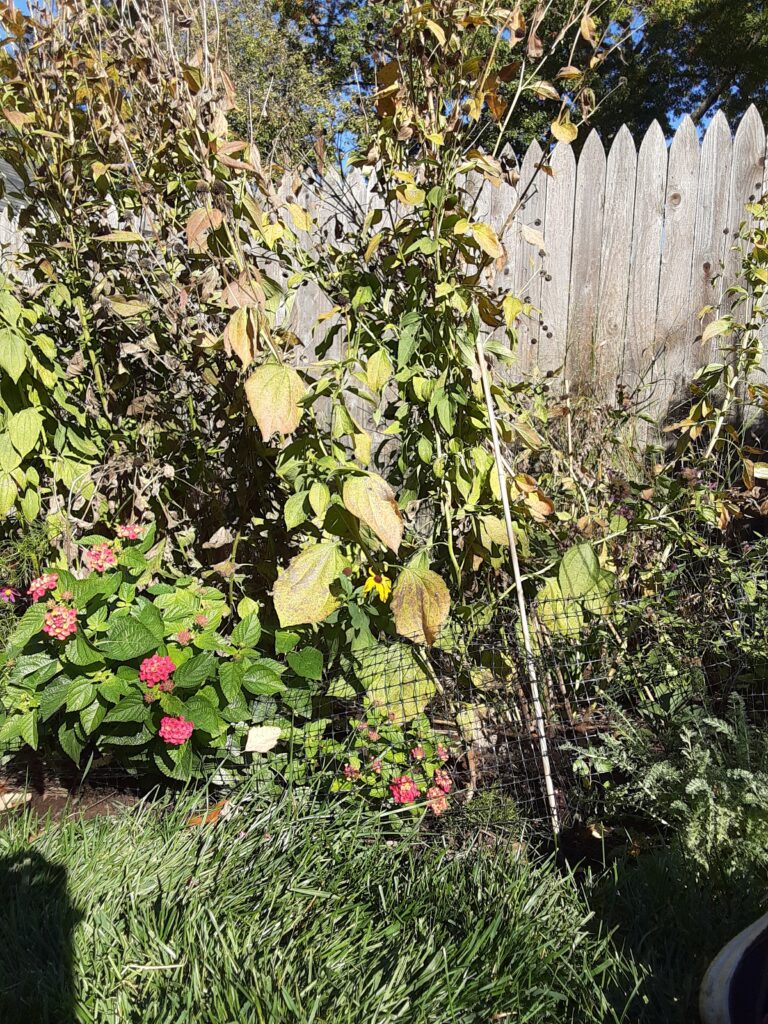
With winter approaching, I’ll be doing less in the garden, although I hope to keep learning more about things to do in the coming year. Each week I’ve soaked up information from BBC’s Gardener’s World, but last week the final episode of the season aired. They’re taking a break, although they’ll host a few special episodes this winter, and I plan to do the same.
Happy gardening and thanks for reading.
P.S. If you’re interested in learning more about how enthusiasm for lawns took hold in the twentieth century, this blog post from Scientific American offers a good survey.
